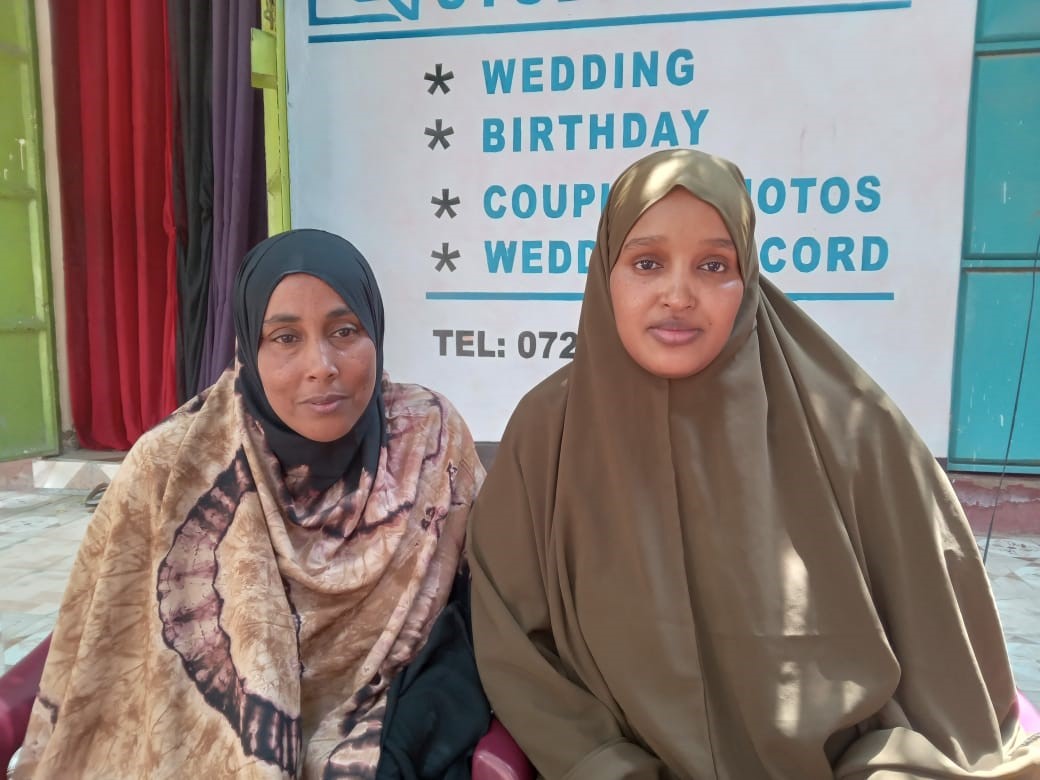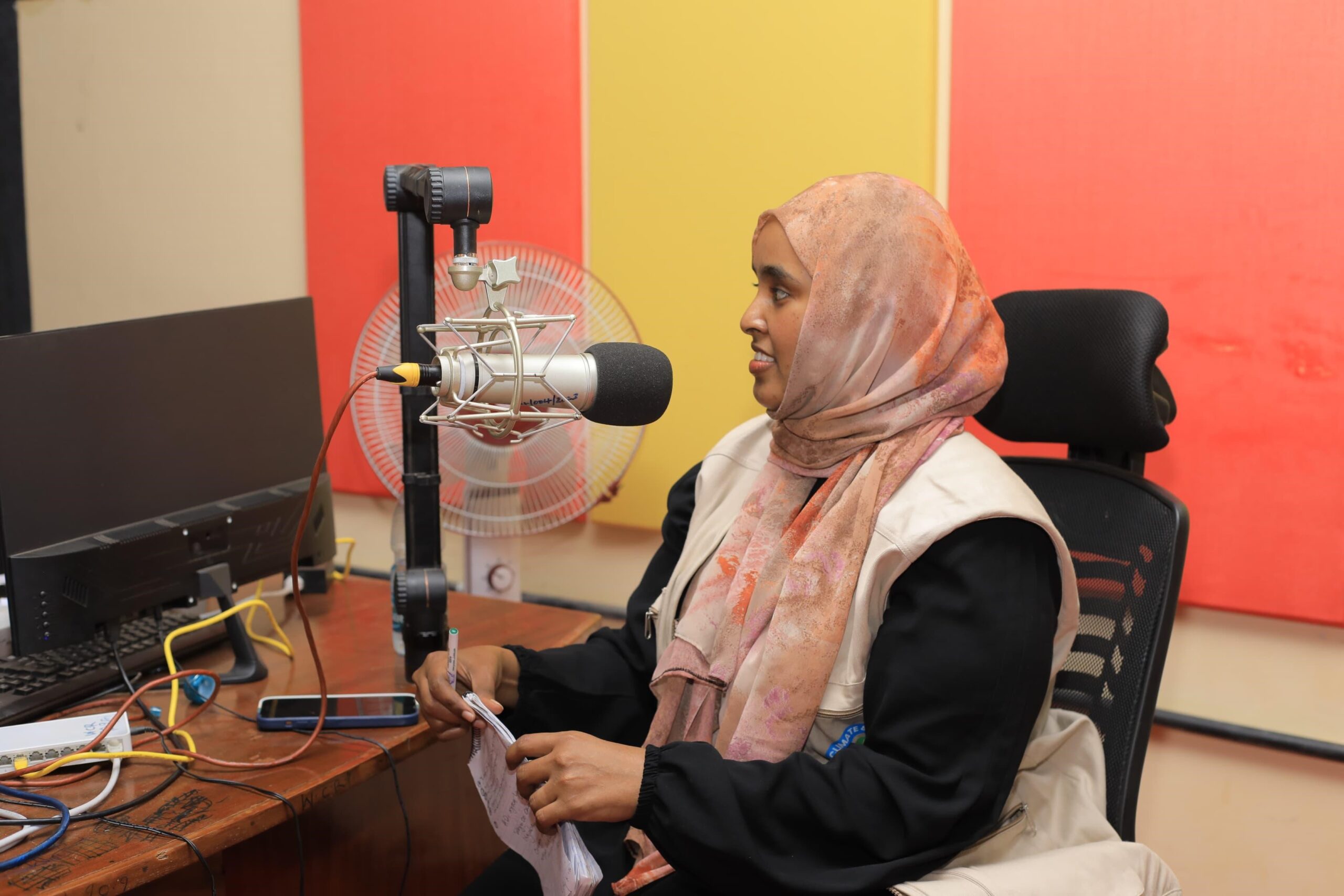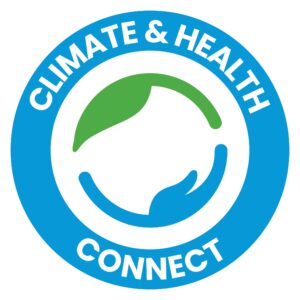
By Abdullahi Jamaa | Wajir Today
22-year-old Ruman Nur has no clue whatsoever about the risk of hepatitis in her daily routine of running a salon in Wajir town. Unaware of the invisible threat hidden in the everyday tools of her trade, she is exposed to infection and at risk of the disease.
For the past one year, the bubbly single mother of two has been earning a living as a salon attendant in Wajir known. Out of her sense of motherhood and the struggle to feed her two young children, Ruman finds herself at the crossroads of earning a decent livelihood while facing the danger of getting the malevolent hepatitis disease.
Ruman innocently tells Wajir Today, “I am really not aware about the existence of hepatitis. I have never heard about it. I am learning it from you. This is my first time to know that there is such a disease.”
She is one of many beauticians in the informal industry exposed to the disease, yet remains unaware of the threat, as do most of her peers.
Her tools of trade, including razors, scissors, tweezers, and even nail clippers when not properly sterilised, can become carriers of deadly viruses like hepatitis B and C.
Her salon offers services such as facials, hairdressing, manicures, pedicures, and henna application, putting her in close personal contact with clients on a daily basis.
She tries her best to maintain a level of cleanliness in her salon, where hygiene should not just be about appearance, but also a health priority.
“We observe some form of hygiene like thorough cleaning of items that we use in our day-to-day activities. Sometimes we also use one-time disposable items,” Ruman says.
Her colleague, 26-year-old Ms. Hawa Adan, who has been in this line of business for the past six years, is aware of the health risks associated with operating a salon that does not observe all required hygiene and health protocols.
“I know about hepatitis, I am aware that it can be transmitted through contact with blood of an infected person,” Ms. Hawa says. “We know that we are at risk and we try to take some form of precautions.”
But Hawa is worried that many salon operators do not understand the importance of hygiene and maintaining proper health standards as a preventive measure. She says that, like Ruman, many remain unaware of the existence of viral hepatitis.
“Hygiene level among many operators is very low here in Wajir. There is need to worry especially about one’s health,” notes Ms. Hawa
Awareness levels among salon and barbershop operators about hepatitis and job-related factors contributing to its spread are very low among the vast majority of owners and attendants.
“I can say that 80 percent of local barbers are not aware about the health risks associated with the work. It is very important and urgent to create a massive public awareness about how this disease is spread,” says Mr. Ayub Abdullahi, a local barber.
While some forms of viral hepatitis may not be fatal, prolonged and untreated illness can act like slow poison, leading to serious health complications. This is an issue that many either neglect or are not ware.
World Hepatitis Day

As the world observes World Hepatitis Day today, Dr. Hamdi Mohamed Farah, a medical doctor, public health advocate, and the CEO and founder of Climate and Health Connect is highlighting the urgent need to address the growing burden of hepatitis in Kenya’s ASAL regions.
Climate and Health Connect is raising awareness about viral hepatitis, a preventable and treatable disease that affects nearly 300 million people globally.
“World Hepatitis Day is a global call to action. Hepatitis kills over 1.3 million people annually, yet many don’t know if they have it. The day reminds us that hepatitis is both preventable and treatable. It pushes for increased testing, vaccination, and political commitment to addressing this public health threat,” says Dr. Hamdi
In Kenya, around 5.6% of people live with Hepatitis B, and 0.9% with Hepatitis C. With many unaware of their status, the actual figures could be much higher especially in remote areas with limited access to basic and primary health care.
“In Northern Kenya, counties like Wajir, Garissa and Mandera community screenings suggest even higher rates, possibly between 6–8% for Hepatitis B. Limited data and underdiagnosis mean the actual numbers could be even higher,” points Dr. Hamdi
Hepatitis B is common in Northeastern Kenya. It is a liver infection that can be either acute or chronic and can lead to serious complications such as cirrhosis and liver cancer.
“Hepatitis B is the most common in this region. Community outreach by local health organizations have uncovered positivity rates as high as 7–8% in some sub-counties,”
Hepatitis A is transmitted through contaminated food and water. Hepatitis B is spread through infected blood, unprotected sex, or from mother to child during childbirth. Hepatitis C is primarily transmitted through contact with infected blood, often via unscreened blood transfusions or shared needles.
According to Dr. Hamdi, there is a low level of awareness about hepatitis, especially among local communities in the Northeastern region, derailing prevention efforts through treatment and vaccination.
“Unfortunately, awareness is low. Many people are unfamiliar with the disease. Even health workers lack adequate training and tools for screening and management.” She says
Widespread myths and misconceptions about hepatitis continue to undermine prevention and treatment efforts, especially in Northeastern Kenya, where many residents have limited access to formal education. According to doctors, these false beliefs not only delay timely diagnosis and treatment but also fuel stigma and discrimination against those affected.
In the largely conservative community, many people mistakenly believe that hepatitis is caused by witchcraft, while others confuse it with diseases such as HIV/AIDS or yellow fever.
Another common misconception is that hepatitis only affects adults or that it is untreatable, an inaccurate belief that contributes to the continued spread of the disease and poses a significant public health risk.
Call to action

Public health advocates, including Dr. Hamdi, are urging local communities to prioritise vaccination and access to treatment in order to curb the spread of hepatitis, a disease that continues to affect a significant portion of the population in the region.
“Hepatitis is a preventable tragedy. With education, vaccines, and access to care, we can save thousands of lives,” affirms Dr. Hamdi.
For many individuals like Ruman, World Hepatitis Day serves as a powerful reminder and a call to action to stop the spread of a silent disease that could escalate into a public health crisis if gaps in awareness, treatment, and stigma reduction are not urgently addressed.
The few individuals, like Hawa and Ayub, who are aware of the disease have pledged to take immediate action starting with seeking vaccination to protect themselves and others.
“I am seriously considering to be vaccinated against the disease to protect myself. As salon operators we have to. Health is important and we need to take action,” observes Ms. Hawa
For Ayub, it is equally important that the general public observes proper hygiene and health practices to help reduce the risk of infection.
“The population of the local community is bigger than us. I’m sure there are other forms of spreading the disease. It’s important that awareness campaigns also target the general public,” proposes Ayub
————————————————————————————————————-

Climate and Health Connect (CHC) was established by Kenyan female medical doctors driven by a shared passion for addressing the intersection of climate change, health, and equity among vulnerable and marginalized communities. Click here to read more about the organization.

